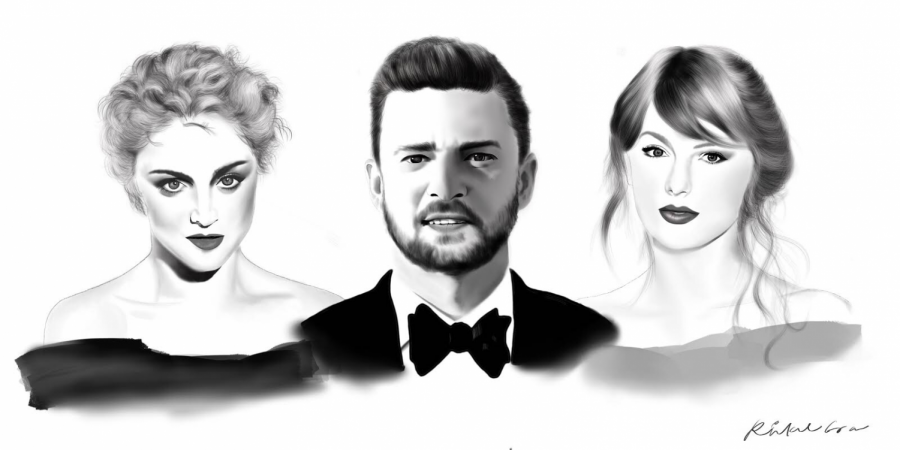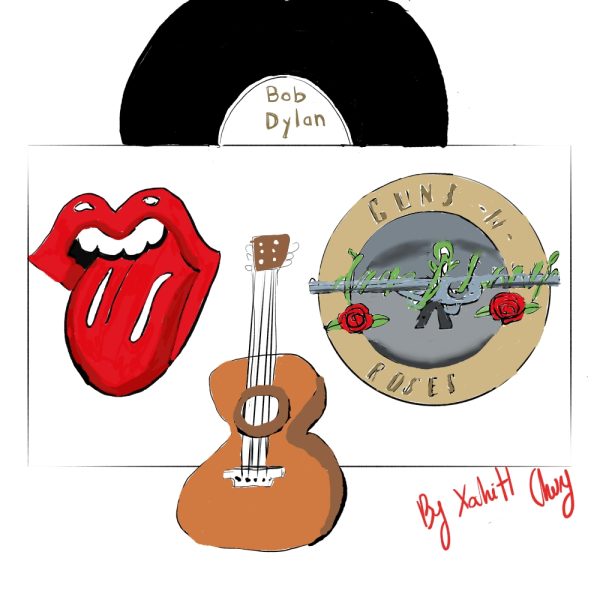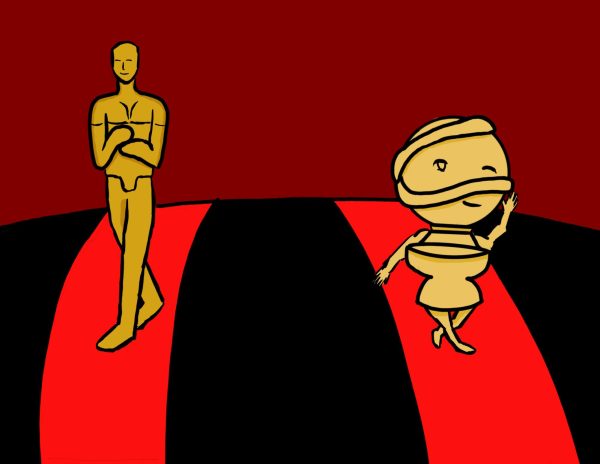From Madonna to Taylor: changes in pop
If someone were to ask you what your favorite song was today, you would probably say something like Shawn Mendes and Camila Cabello’s “Señorita,” Lil Nas X’s “Old Town Road,” or Ed Sheeran’s “I Don’t Care.” But what if you went back in time a few decades? What would you be listening to right now?
In the 80s, music artists like Cyndi Lauper, Bonnie Tyler, and Whitney Houston dominated the music industry with songs like “Girls Just Wanna Have Fun,” “Total Eclipse of the Heart,” and “I Wanna Dance With Somebody.” During the 90s, icons such as Britney Spears, the Backstreet Boys, and the Spice Girls were on the rise with hits such as “…Baby One More Time,” “I Want It That Way,” and “Wannabe.” Finally, in the 2000s, stars like Beyoncé, NSYNC, and Shakira released famous songs including “Single Ladies,” “Bye Bye Bye,” and “Hips Don’t Lie.” Obviously, pop music has undergone some pretty massive changes throughout the years, but how exactly?
Let’s start with the 80s. Coincidental or not, songs during the 80s seemingly matched the decade, often having vibrant energy and the frequent addition of synthesizers or some other new background instrument. Songs like Toto’s “Africa” and Kim Wilde’s “Kids in America” are prime examples of this type of background music.
Moving on to the 90s, songs tended to have slightly faster tempos and lyrics as well as more key changes throughout their songs, but many still retained part of the energy from the 80s. Some examples would be “Barbie Girl” by Aqua and “Cotton Eye Joe” by Rednex. From the 2000s beyond, music became noticeably more complex, often having underlying political statements, hidden meanings, or strong messages about issues within the lyrics. Such songs include “Born This Way” by Lady Gaga, “What About Us” by P!nk, and “You Need to Calm Down” by Taylor Swift.
Regardless, music has continued to have an impact on culture, society, and the world throughout time.
Your donation will support the student journalists of Saint Viator High School. Your contribution will allow us to purchase equipment and cover our annual website hosting costs.








